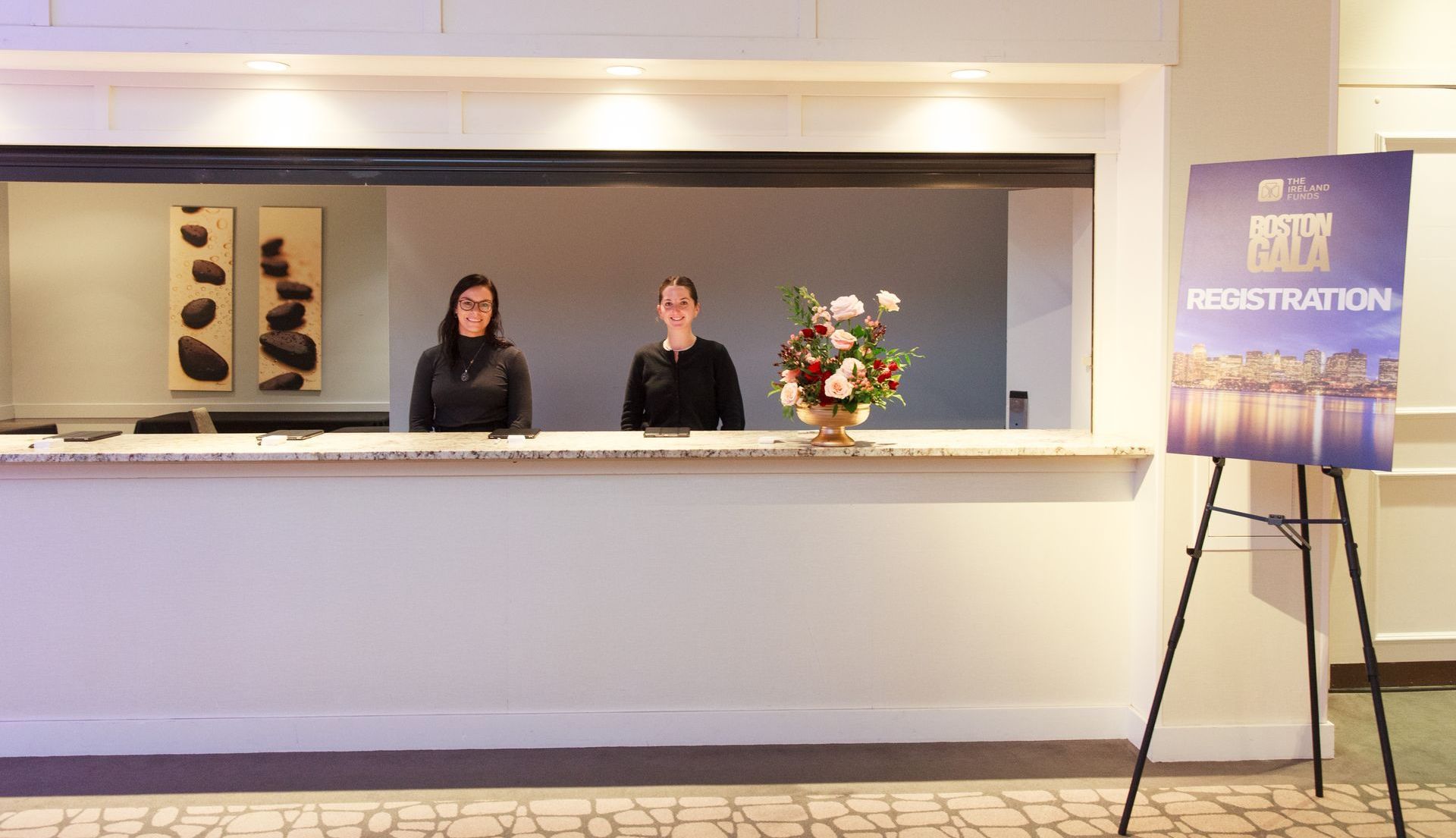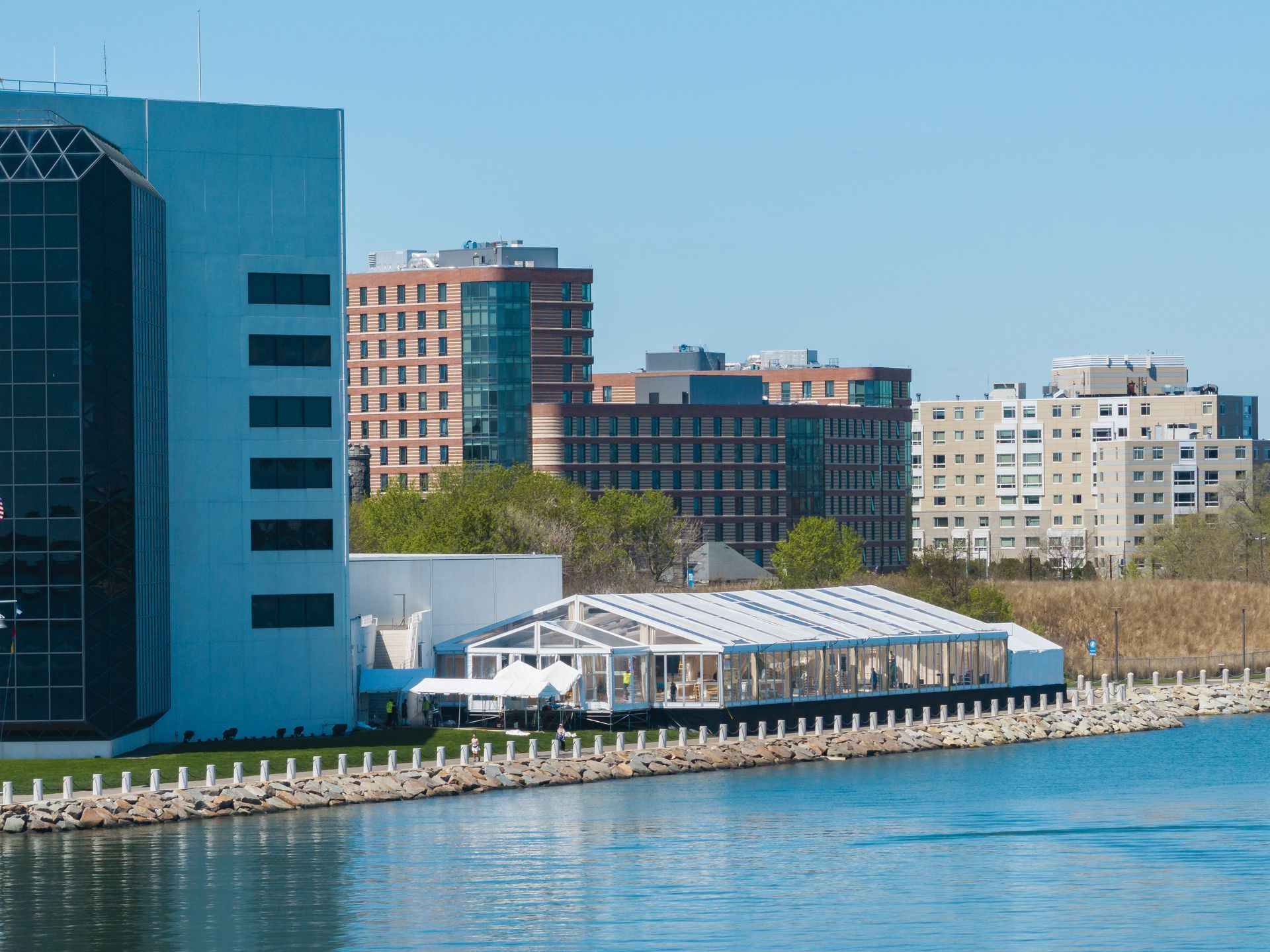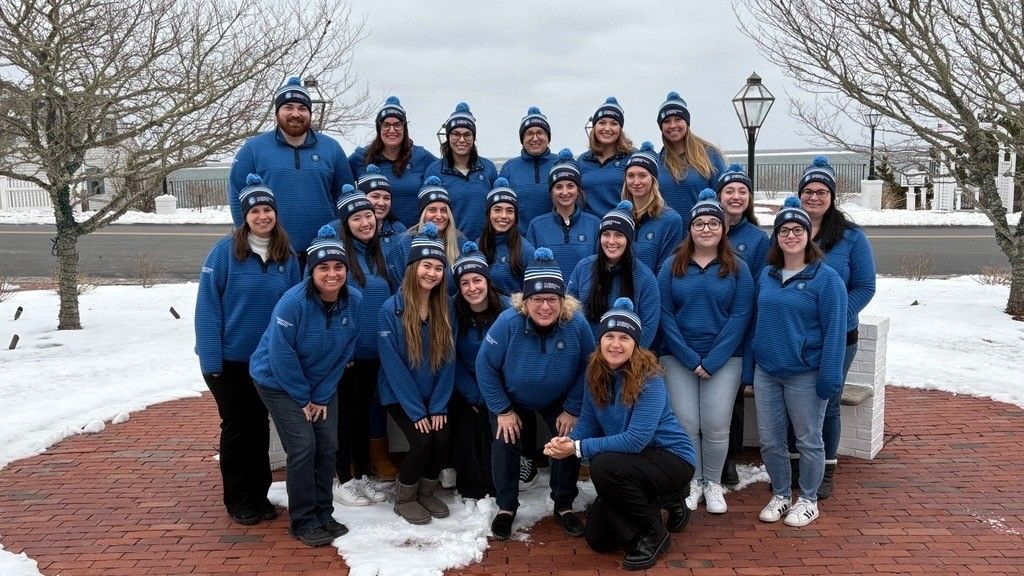Boston’s Hidden Gems: The Historic Spots You Might be Missing
Boston’s Hidden Gems: The Historic Spots You Might be Missing
It’s no secret that Boston is home to an abundance of historical moments. From Revolutionary sites and monuments to modern scientific innovations, and everything in between, Boston has something to offer for every history buff.
Now, there is even more history to explore as the city has kicked off its multi-year celebration of America’s 250th Anniversary. As we commemorate 250 years since the events that sparked the American Revolution, Boston is coming alive with reenactments, exhibits, and citywide tributes to its revolutionary roots.
With so much rich history at every turn, it’s easy to overlook some of the most interesting places the city has to offer. We’ve put together a sample of just a few of Boston’s lesser-known historical spots, to give some insight into how you can take the road less traveled on!
Literary Sights
While Boston is well known for its significance in the Revolutionary War, some of its contributions to literary arts are often overlooked! Take, for example, The Boston Athenaeum. Founded in 1807, this unique combination of library, museum, and cultural center has no shortage of historic items for guests to explore. From rare books and maps, to works of art including paintings, sculptures, and photographs, the Athenaeum truly has it all. Their most notable rare item, however, is the memoir of career criminal James Allen (alias George Walton), which is bound in Allen’s own skin! To find the Athenaeum, make your way to Beacon Hill and look for the iconic red double-door on Beacon Street.
Just down the street from the Athenaeum resides another piece of fabled literary history within the Omni Parker House. The historic hotel was the temporary home of renowned author Charles Dickens in 1867, where he stayed for six months in one of their best suites at the time. At the time, Dickens was on tour promoting one of his most famous works, A Christmas Carol, and it is often said that the author would practice character voices in front of the mirror in his room. When the hotel was torn down and rebuilt in the 1920s, the mirror was preserved and today remains on display at the end of a hallway on the hotel’s Mezzanine!
A Diverse History
Boston also boasts a rich history, with stories abound of minorities and immigrants who called the city their home. Tucked away in Beacon Hill, the African Meeting House serves as one such reminder of his history! Built in 1806, the site (formerly known as the African Baptist Church of Boston) is considered to be the oldest existing Black church building in the United States. The Meeting House is currently owned and operated by the Museum of African American History and now stands as a National Historic Landmark.
There are a number of other sites that mark historical moments in the city’s diverse history, one of which lies hidden within the Central Burying Ground in Boston Common. There rests the headstone of Zhou Libei (colloquially known on the stone as “Chow Manderien”), who traveled from China to Boston aboard the Union in 1794. Although he passed not long after arriving in the city, the headstone serves as the first physical documentation of a Chinese man arriving in the United States.
Innovation & Technology
Besides its rich history, Boston is also a hub for scientific and technological innovations. In 1846, William T.G. Morton and Dr. John Collins performed the first public surgery with the use of anesthetic in the Massachusetts General Hospital amphitheater. The space was then renamed as the Ether Dome (in honor of the use of ether in this historic operation), and today still stands as a teaching amphitheater and a landmark of the exciting innovation. The Ether Dome is just one of many astounding “exhibits” featured by the Paul S. Russell, MD Museum of Medical History and Innovation.
Although Boston is well known for its Freedom Trail, the lesser-known Innovation Trail stands as a testament to over four centuries of technological and scientific breakthroughs. Beginning in Downtown Boston and ending to the West in Cambridge, the makeshift trail outlines innovations including technicolor movies, the telephone, breakthrough vaccines, and more. Guided tours are available, or feel free to explore the trail yourself, which strolls by just a few of Boston many museums, including the Museum of Science, the MIT Museum, and even the Ether Dome!
We hope this inspires you to take your own journey and look a little deeper at Boston’s history. There is always something new to learn about how the city went from revolution to revolutionary.


















